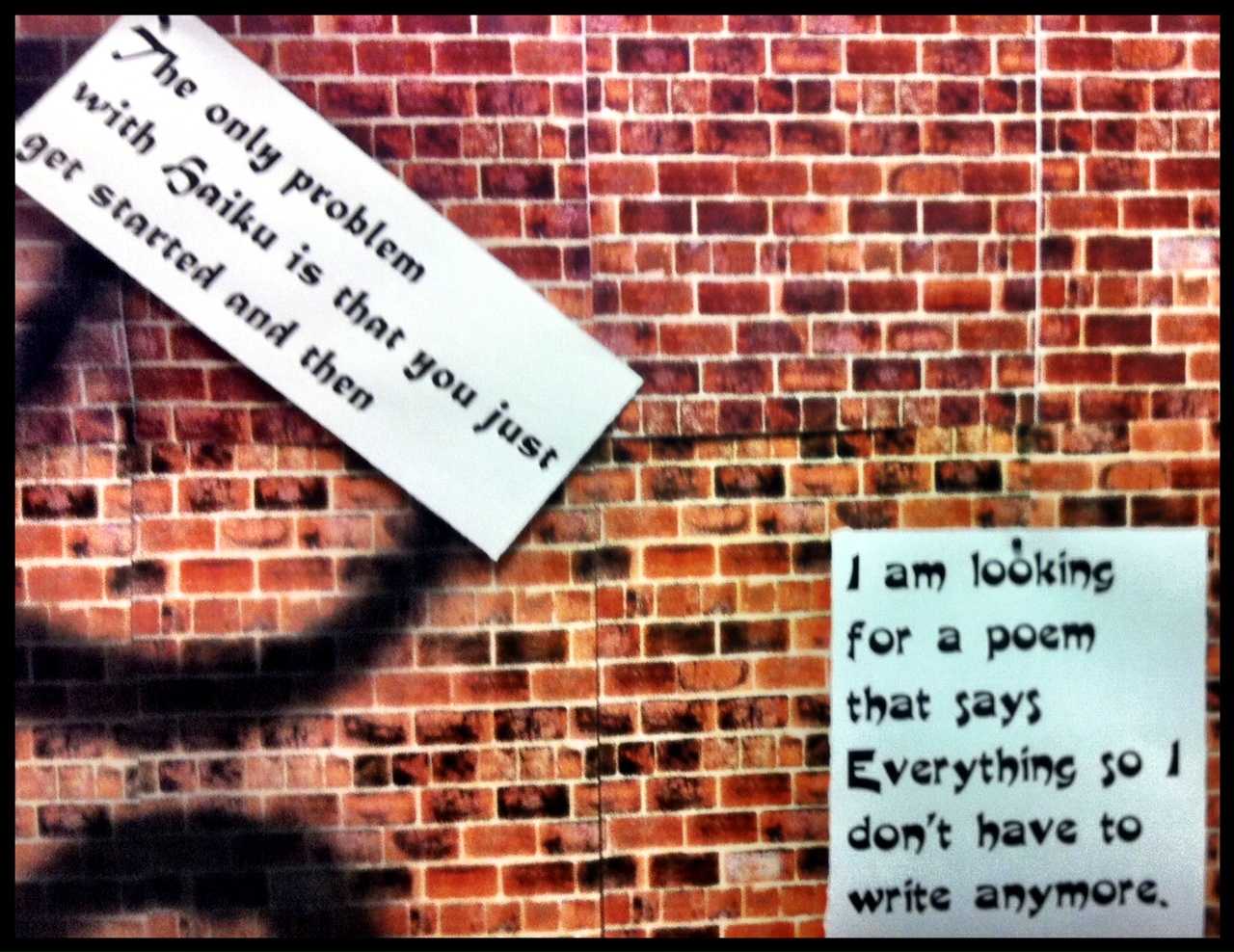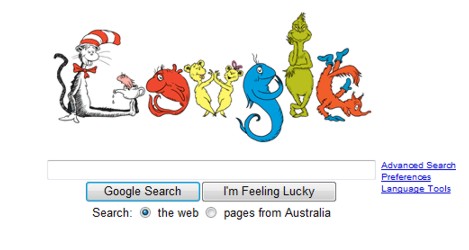The Human Genre Project
is a collection of new writing in very short forms — short stories, flash fictions, reflections, poems — inspired by genes and genomics.
Starting with just a few pieces at its launch in July 2009, the collection will grow and develop over time.
The Human Genre Project is an initiative of the ESRC Genomics Policy and Research Forum, part of the ESRC Genomics Network, funded by the Economic and Social Research Council (ESRC) and based at The University of Edinburgh.
Wow. Creative writing inspired by science. I love the overlap in disciplines; it would be good to enable more of this at school, where subjects seem to live in separate worlds, as if life were cut up into mutually exclusive areas.

The main page shows 24 different chromosomes: 22 autosomes, which are numbered, and two sex chromosomes, labelled as X and Y.
Here’s the unusual part – when you click on a chromosome, you get the title which takes you to the creative writing piece. This example links from chromosome #8:
The WRN gene on chromosome 8 is responsible for Werner syndrome, which causes premature ageing.
My hair goes grey and falls out, my teeth yellow and decay, brown spots bloom on my skin. I’m thirty-six years old. My world is a room, and a view of the sea beyond it.
I’ve been told that there’s something wrong with me. But I know my physics. I know that in this universe there has to be decay and disorder. I’m normal. I’m entropy.
I try to sip tea but my clawed fingers let the cup fall to the floor. Liquid spills out from its shattered remains and soaks into the carpet.
What I don’t understand is why the rest of them never change. My twin brother could be my son. His teeth are white and even, his hair is as glossy as ever. His skin always has a rosy blush. He comes here regularly to tell me about life outside my room. Life with other people, other women. There seem to be many women. Or perhaps it’s just tales.
But as I sit listening to him and his stories, I realise how they do it. While I stay here, they’re all travelling around. Einstein had a theory about twins; one sits in his small room, watching the sea, and the other zooms to the stars. As he accelerates to the speed of light, time slows down for him, so when he gets back he’s younger than his stay-at-home brother.
I ask my brother, “Where did you park your rocket ship?” I look outside, “I can’t see it.”
The rocket ship looked like a bicycle, but apparently it worked very well, and my brother frequently made trips to the centre of our galaxy.
“I got rid of it,” he replies, “I replaced it with a quantum teleporter. They’re all the rage now.”
All I can see out of the window is a little red car. “That’s it,” he says. “The women like it.” And sure enough a woman gets out of the car and waves at us.
This was written by Pippa Goldschmidt inspired by chromosome 8.
The WRN gene on chromosome 8 is responsible for Werner syndrome, which causes premature ageing.
My hair goes grey and falls out, my teeth yellow and decay, brown spots bloom on my skin. I’m thirty-six years old. My world is a room, and a view of the sea beyond it.
I’ve been told that there’s something wrong with me. But I know my physics. I know that in this universe there has to be decay and disorder. I’m normal. I’m entropy.
I try to sip tea but my clawed fingers let the cup fall to the floor. Liquid spills out from its shattered remains and soaks into the carpet.
What I don’t understand is why the rest of them never change. My twin brother could be my son. His teeth are white and even, his hair is as glossy as ever. His skin always has a rosy blush. He comes here regularly to tell me about life outside my room. Life with other people, other women. There seem to be many women. Or perhaps it’s just tales.
But as I sit listening to him and his stories, I realise how they do it. While I stay here, they’re all travelling around. Einstein had a theory about twins; one sits in his small room, watching the sea, and the other zooms to the stars. As he accelerates to the speed of light, time slows down for him, so when he gets back he’s younger than his stay-at-home brother.
I ask my brother, “Where did you park your rocket ship?” I look outside, “I can’t see it.”
The rocket ship looked like a bicycle, but apparently it worked very well, and my brother frequently made trips to the centre of our galaxy.
“I got rid of it,” he replies, “I replaced it with a quantum teleporter. They’re all the rage now.”
All I can see out of the window is a little red car. “That’s it,” he says. “The women like it.” And sure enough a woman gets out of the car and waves at us.
Pippa Goldschmidt is Writer in Residence at the Genomics Forum. I’ve mentioned Pippa in an earlier post; her writing is often inspired by science.
Chromosome 11 leads to a piece called Photophobia,
an eye disorder in which the iris is partially or completely missing. A person with aniridia frequently has photophobia (sensitivity to light). The mutation is in the PAX6 gene on chromosome 11.
The telomeric tale of the mouse’s tail (chromosome X) is a shape poem.

You can find the original painting/collage here and it looks like this:

Still in progress, this is a fascinating project, demonstrating the possibilities in the union between science and art.
If you like this, have a look at what inspired it: Michael Swanwick’s Periodic Table of Science Fiction.















